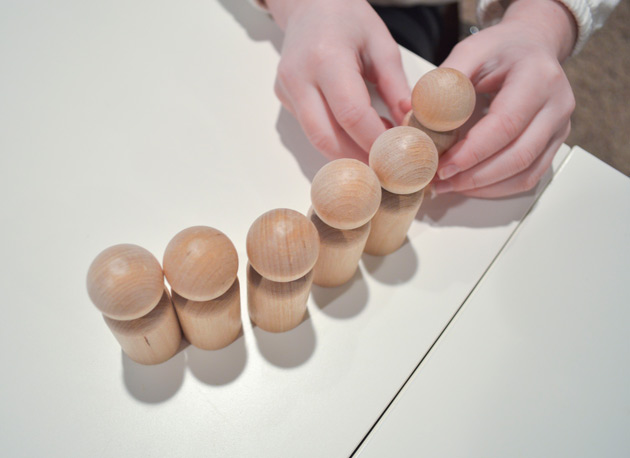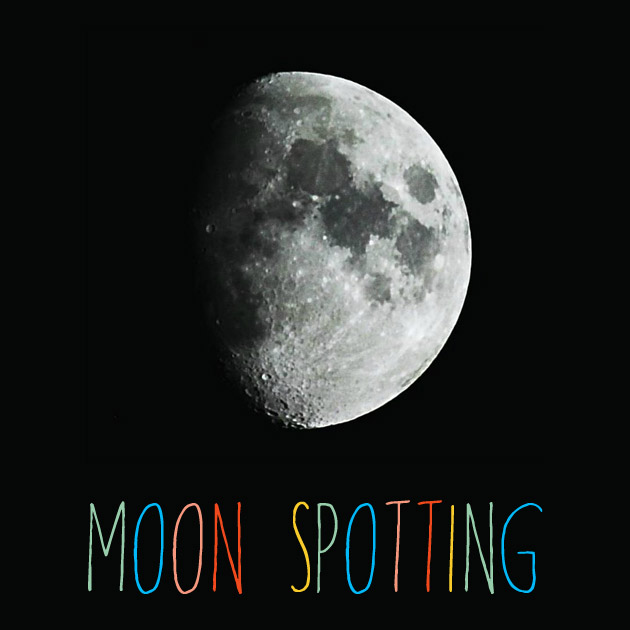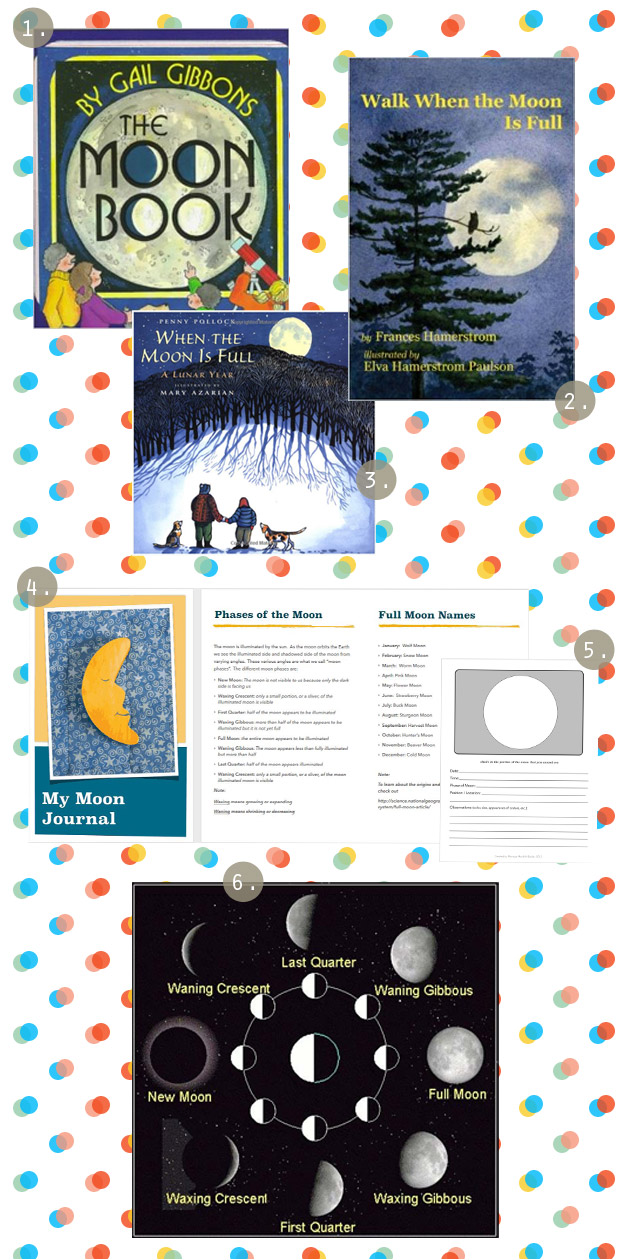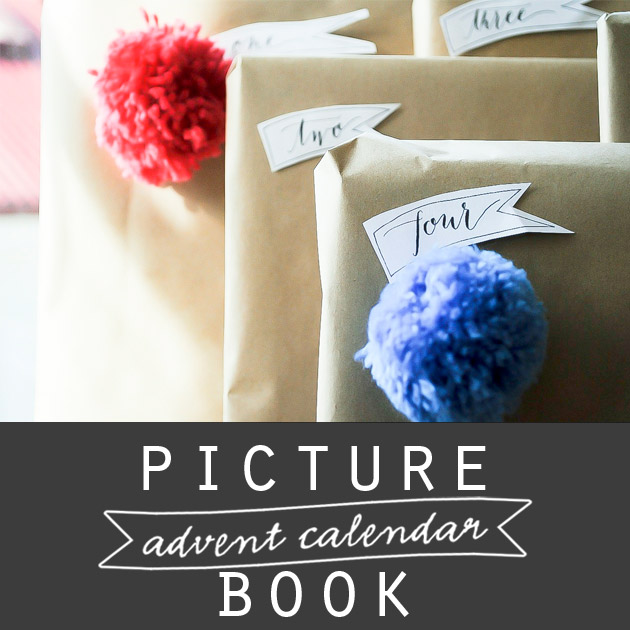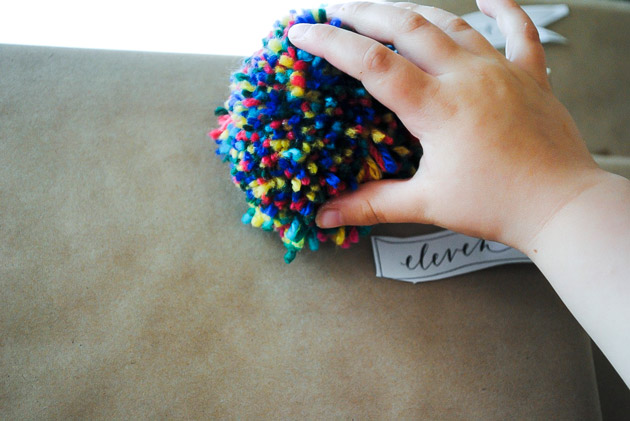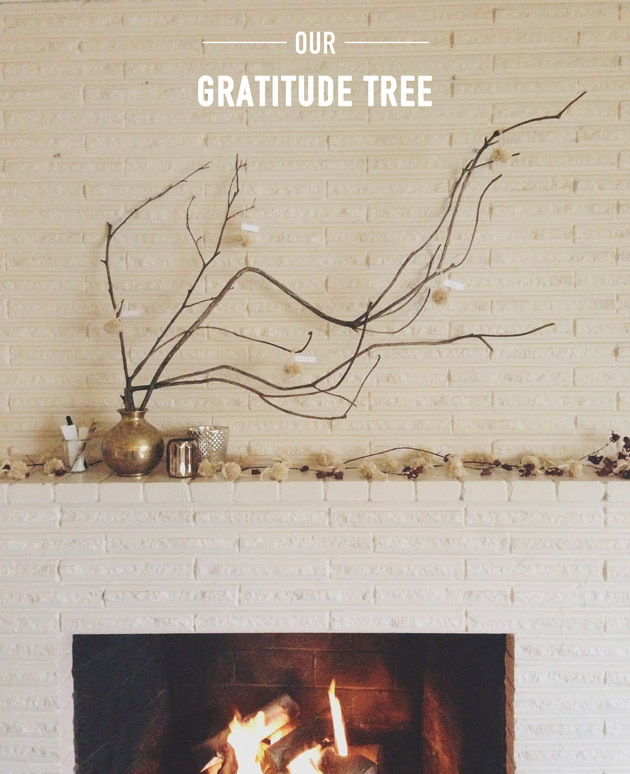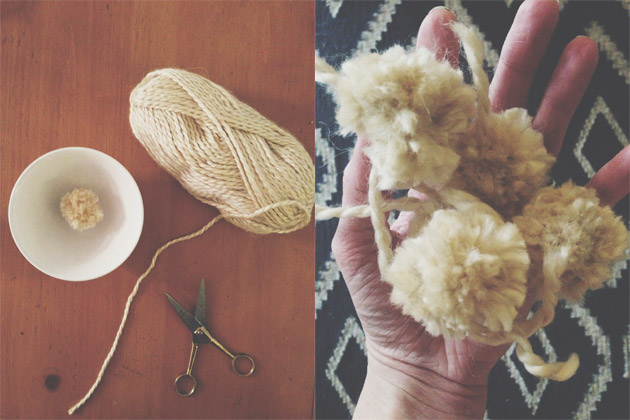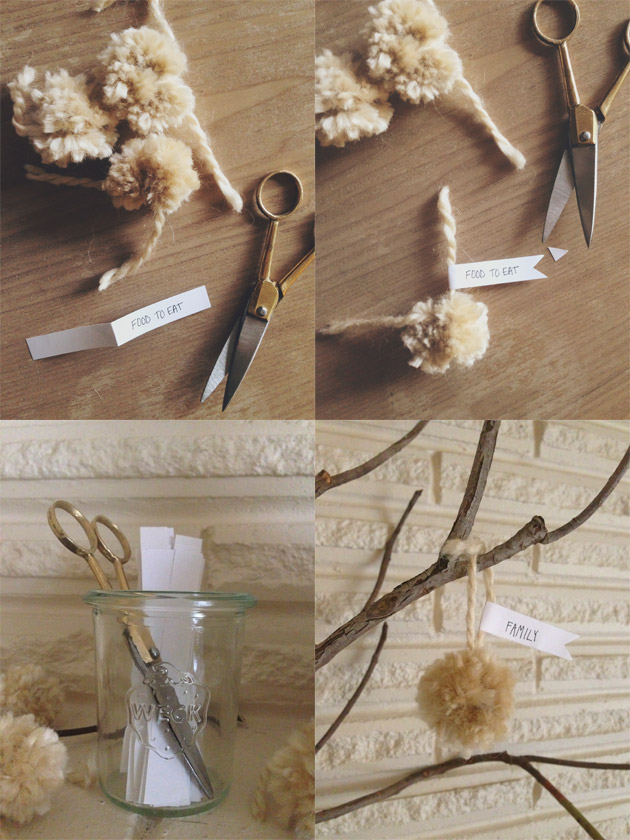
Joey from Made by Joey is with us today to share a dose of inspiration for nurturing dramatic play with the children in our lives…
What are prop boxes?
Prop boxes are used by many preschool and Kindergarten teachers to create imaginative play and hands-on-learning opportunities in their classrooms. They are essentially a collection of items (or props) that suggest a specific theme and “set the stage” for a child’s imagination to engage in creative play.
How to make a prop box for your home.
Prop boxes can be coordinated for a variety of age groups. First of all decide on your “theme”, some examples might be: a doctor’s office, supermarket, traveling to India, deep sea diving, restaurant, dentist, health club, spaceship, pet store, hardware store, library, museum, pirate ship, shoe store or fire station.
Make a list of items that are used in the location you choose. Think of the small details that help define the space. Some examples for a doctor’s office might be:
– a telephone
– an appointment book and pencil
– a clock
– chairs for the waiting room
– magazines for the waiting room
– money or medical cards (make copies of your own)
– receipt book
– a white shirt for the doctor to wear
– a nurse hat
– medical bag with a red cross
– patients (dolls, stuffed toys)
– a stethoscope
– an eye chart
– fabric for slings
– cotton balls and swabs
– x-rays (b&w images printed on clear transparencies work well!)
– plastic medicine syringes
– plastic medicine measuring cups
– empty medicine bottles (washed)
– small paper water cups
– a “prescription” pad and pencil
– assorted sizes of bandages
– gauze (toilet paper works too!)
– scissors
– thermometer
– tongue depressor (if your child is old enough to handle one)
– magnifying glass
– tweezers
– examining bed
– small blankets or fabric to cover patients
– bathroom scale
– tape measure for measuring height
Presenting the above items should instantly spark imaginative play. Let the child set up the space while you watch from the sidelines. Depending on your child’s age, more learning opportunities will soon present themselves, such as:
– making signs for the reception area, waiting room and examining room
– making name tags (Dr. _____, _____ RN)
– tying slings
– applying bandages
– writing in the time of the appointment using the clock
– writing prescriptions for patients
– paying and writing receipts
– reading a thermometer, scale or tape measure
– answering the telephone

Watch where the play takes them.
Perhaps the play eventually moves from the doctor’s office to the patient`s home where they now receive homecare, get well soon cards and flowers from their friends. Or maybe the doctor has just announced that the patient is going to have a baby and they need to start preparing for the arrival of a new family member!
Try to include all of the senses.
To enhance the experience of a medical office even more you may:
– play music appropriate to your theme (waiting room music?!)
– at lunchtime cut the child’s sandwich with a gingerbread man shaped cookie cutter.
– introduce scents to the play (flowers brought to the sick patients)
Be ready to answer questions.
Imaginative play can often lead to the beginning of some great conversations with your child. A doctor`s office may bring up questions about their own bodies so a book on Body Science may be a good reference to have on hand! Or if you have had someone close to you receive bad news from a doctor recently, this may be the perfect opportunity to check in with your child about their feelings and answer any questions.
More tips about collecting supplies.
You will likely find that many of the items on your list you already have in your home in one form or another, but a few other places to look for specific supplies are Thrift Stores, yard sales or online stores. Visit the library or bookstore ahead of time to find story and reference books about the theme you are planning to set up.
Books on Prop Boxes…
These are a few of my personal favorites!
I hope these ideas spark an afternoon of fun for you and your child!
SaveSave

